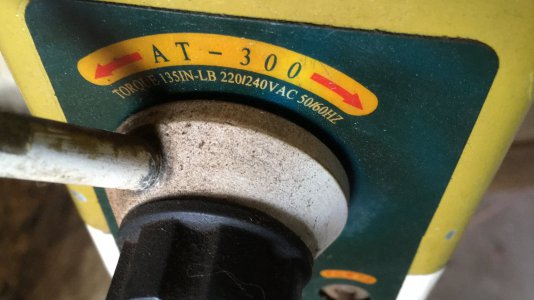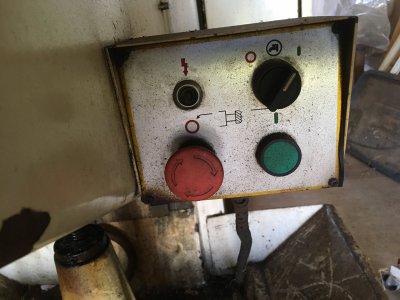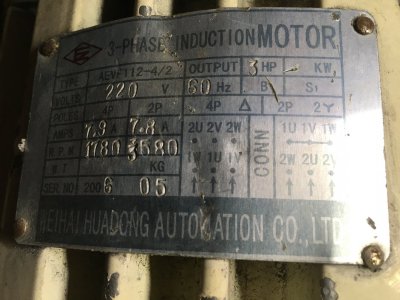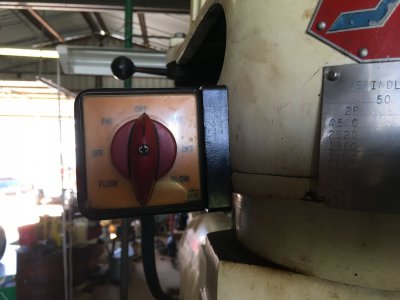- Joined
- Aug 29, 2019
- Messages
- 525
The pictures I am posting are the electrical panel and some of the controls on my New to Me 3 hp McLane mill. It seems to be the same as a Jet or any of the other BP clones. It does have the 54" table. My question is can I just run the output leads from my Fugi VFD to the power leads at the bottom of the panel (red-white-black) or am I going to hook the VFD directly to the motor leads? I would like to keep the rotary switch that is on the front of the mill rather than starting it from the run key on the VFD. The pictures may be more than someone needs to see but I am trying to give a good representation of what is on the mill. Thanks in advance.
Attachments
-
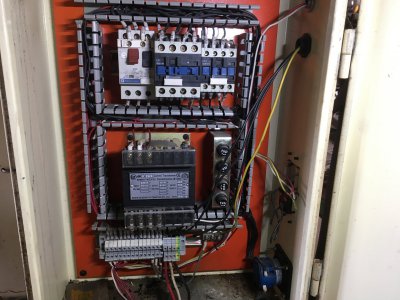 IMG_1001.JPG438.7 KB · Views: 23
IMG_1001.JPG438.7 KB · Views: 23 -
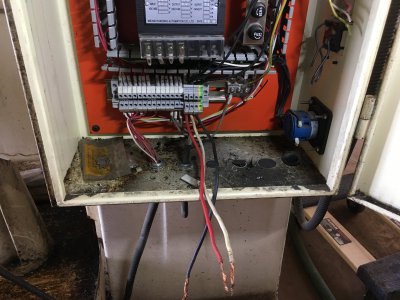 IMG_1002.JPG473.9 KB · Views: 25
IMG_1002.JPG473.9 KB · Views: 25 -
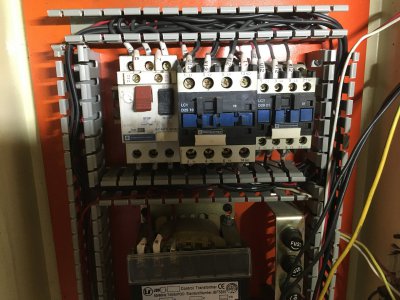 IMG_1006.JPG475.5 KB · Views: 21
IMG_1006.JPG475.5 KB · Views: 21 -
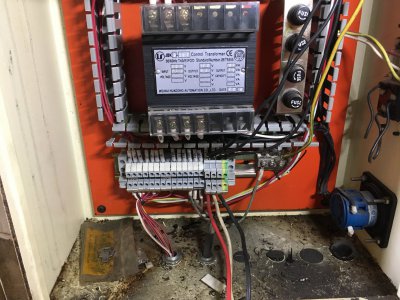 IMG_1004.JPG520.9 KB · Views: 22
IMG_1004.JPG520.9 KB · Views: 22 -
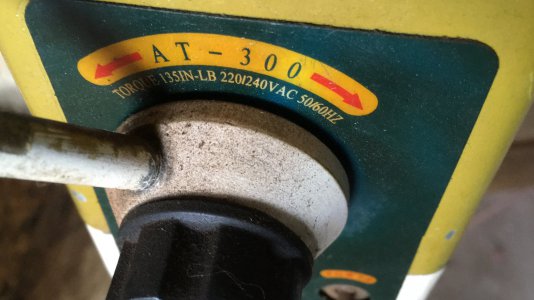 IMG_1028.JPG513.7 KB · Views: 19
IMG_1028.JPG513.7 KB · Views: 19 -
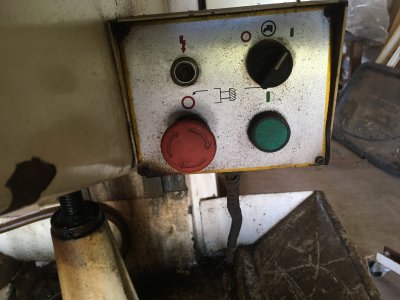 IMG_1031.JPG452.9 KB · Views: 22
IMG_1031.JPG452.9 KB · Views: 22 -
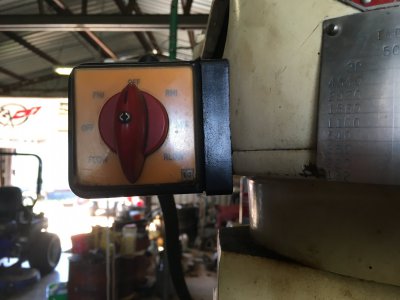 IMG_1035.JPG307 KB · Views: 21
IMG_1035.JPG307 KB · Views: 21 -
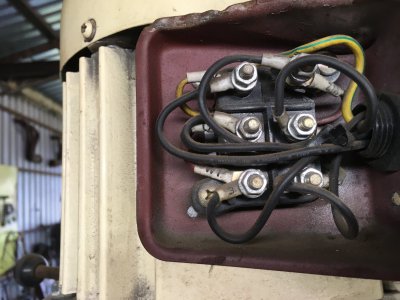 IMG_1039.JPG426.6 KB · Views: 22
IMG_1039.JPG426.6 KB · Views: 22 -
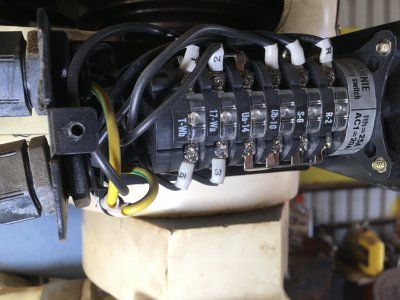 IMG_1047.JPG376.7 KB · Views: 19
IMG_1047.JPG376.7 KB · Views: 19 -
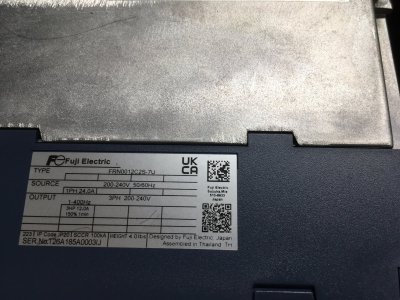 IMG_1054.JPG711.7 KB · Views: 26
IMG_1054.JPG711.7 KB · Views: 26



